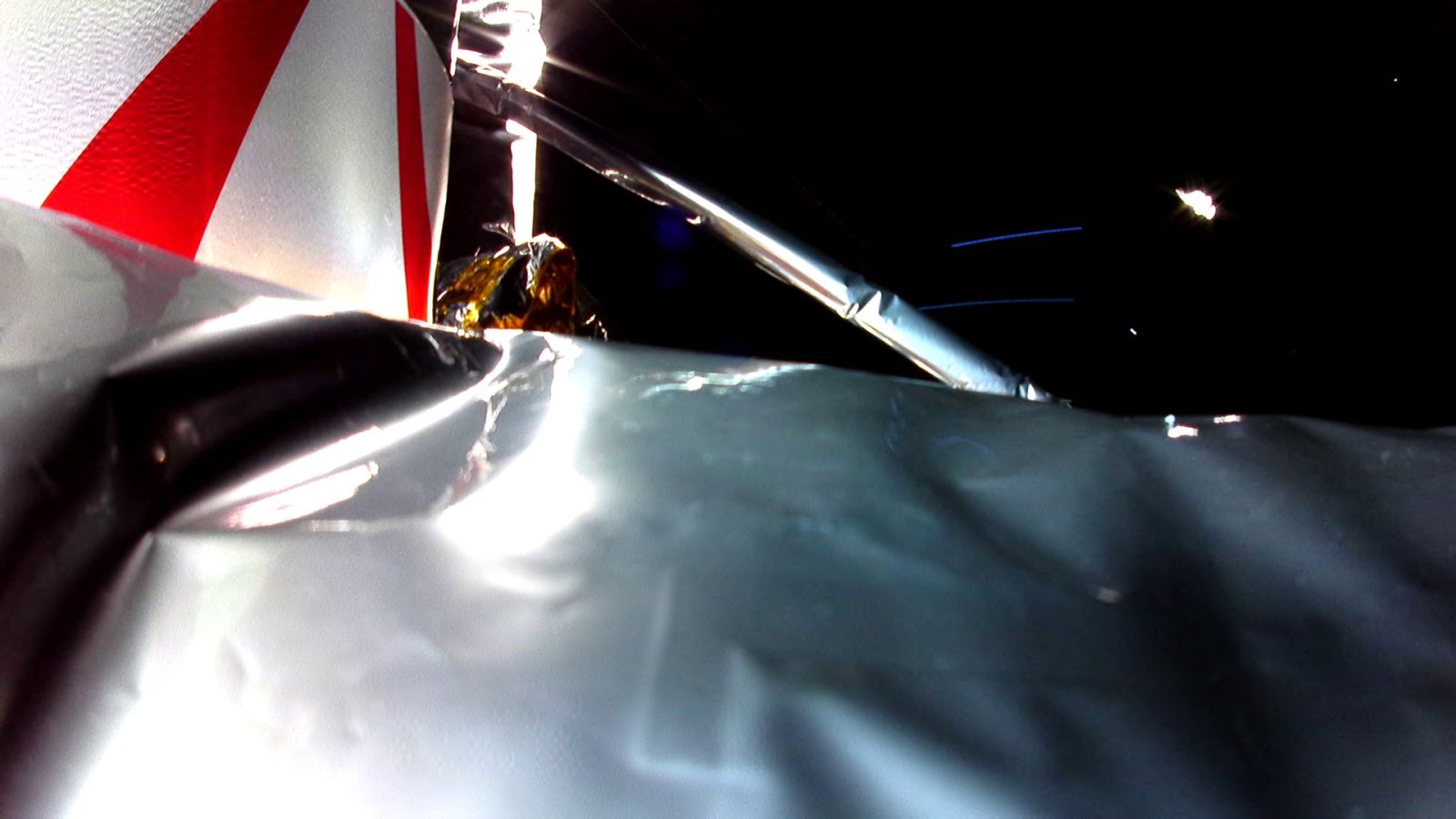
This month was expected to be a big one for lunar exploration with two new landers attempting soft landings on the Moon‘s surface. However, once again, landing on the Moon seems to be the next major hurdle for anyone, even the United States.
Astrobotic’s first lander reenters Earth’s atmosphere
On January 18, Astrobotic‘s first lunar lander reentered Earth’s atmosphere after suffering a failure about a week prior in its main propulsion system. A major blow both for NASA and the company as a lot has been riding on the success of commercial lunar missions for the Artemis program.
NASA, the world’s leader in landing on the Moon, is viewed as an entity that should not run into any problems returning to the lunar surface. By proxy, the private companies that are making that happen on behalf of the agency, are viewed in that way as well. The bar was set much higher for Astrobotic compared to SpaceIL’s Beresheet or ispace‘s Hakuto-R landers.
While Astrobotic made the most out of the unfortunate situation, testing as many subsystems as they could and supplying power to payloads and transmitting whatever data they had back to researchers. The most important item to test, the company’s ability to soft land on the Moon, was left unanswered.
The company’s next lander, Griffen Mission One, will not be in the dark when it comes to its landing attempt. Even with Peregrine’s stumble, it did provide a lot of valuable data and experience to the company in operating a mission out is cis-lunar space. However, Griffen’s customer, NASA, might not feel as excited about now having to trust an extremely important and visible lunar rover to a company that hasn’t shown it can land it safely.
Astrobotic is convening a formal investigation board to review the data collected from Peregrine to determine a formal cause of the failure. It is expected that the failure is due to a valve that failed to reseal and ruptured the oxidizer tank after over filling it with helium. Once this review is complete, NASA will decided if the VIPER lander will be Astrobotic’s next mission or not.
Join our Discord Server: Join the community with forums and chatrooms about space! Also, directly support us via a Server Subscription!
Japan lands on the Moon, backwards?
Japan became the fifth nation to successfully soft land on the Moon last Friday with its SLIM lunar lander, following India’s Chandrayaan-3. This is a major milestone for Japan and its space exploration goals, however, the lander rand into trouble almost as soon as it landed on the surface. This has forced Japan to treat this more as a crisis than a celebration.
Unlike previous lunar landers, SLIM targeted a non-level part of the Moon. The lander also had a unique landing system that stead of landing on lets that surround its propulsion system, the landing legs are on its side. Right before touch down, RCS thrusters would fire to impart a slight pitch on SLIM, allowing it to touch down on its side with the engines pointing out the side.
However, something has caused the solar panels to not point in the correct direction. This means that the lander has had to rely on battery power and is now critically low. SLIM’s operators have placed the lander in sleep mode to ensure there is enough power incase the solar panels catch some light as the Sun passes over head and can charge the batteries.
While a blow for the researchers hoping they would have been getting streams of data back by now, it’s still a major win for Japan’s lunar exploration goals. It proved it can indeed soft land on the lunar surface, not something a lot of countries can proclaim.
This year we are expecting two more landers to launch from the United States by commercial partners as well as another Chinese lander this spring. With the large number of landers coming from new senders, that exclusive club is expected to expand quickly.
FTC: We use income earning auto affiliate links. More.

Comments